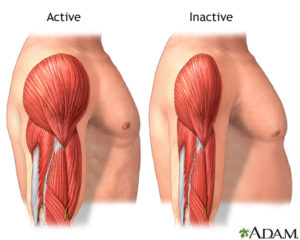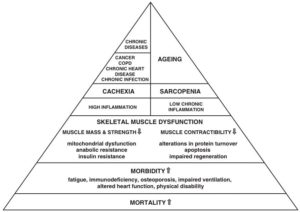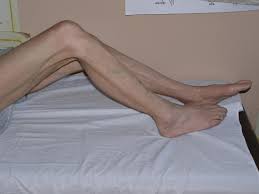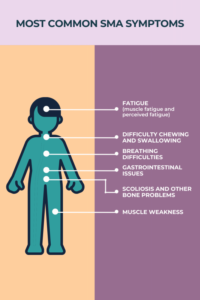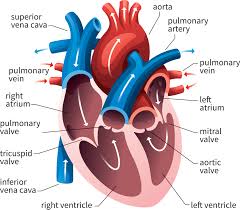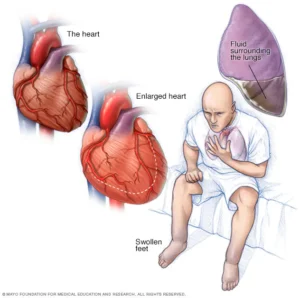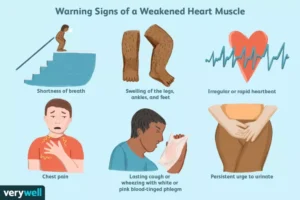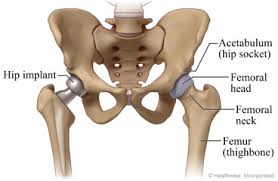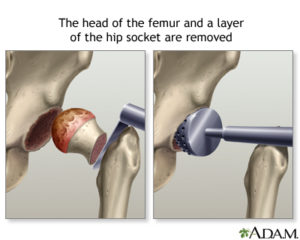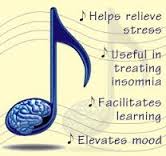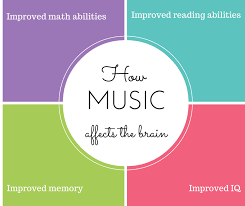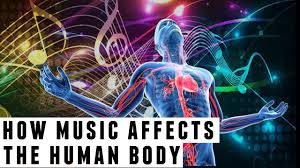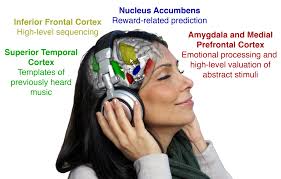Spinal muscular atrophy (SMA) is a disorder affecting the motor neurons—nerve cells that control voluntary muscle movement. These cells are located in the spinal cord. Because the muscles cannot respond to signals from the nerves, they atrophy — weaken and shrink — from inactivity.
Healthline through Dr. William Morrison Director, Musculoskeletal/General Diagnostic Muscle at Jefferson University Hospital, states atrophy is when muscles waste away. The main reason for muscle wasting is a lack of physical activity. This can happen when a disease or injury makes it difficult or impossible for you to move an arm or leg. A symptom of atrophied muscles is an arm that appears smaller, but not shorter, than the other arm.
You should schedule an appointment with your doctor if you think you are experiencing muscle atrophy. Your doctor will determine what treatment you need. In some cases, muscle wasting can be reversed with a proper diet, exercise, or physical therapy.
Symptoms of muscle atrophy
You may have muscle atrophy if:
- One of your arms or legs is noticeably smaller than the other.
- You are experiencing marked weakness in one limb.
- You have been physically inactive for a very long time.
Contact your doctor to have a complete medical examination if you believe you may have muscle atrophy or if you are unable to move normally. You may have an undiagnosed condition that requires treatment. Your doctor will be able to provide you with diet and exercise options.
S/S of Spinal Muscular Atrophy (SMA):
Symptoms of SMA may include:
- muscle weakness and decreased muscle tone
- limited mobility
- breathing problems-Remember we say the weakness tends to be more severe in the muscles that are close to the center of the body (proximal) compared to muscles away from the body’s center (distal). So your respiratory muscles are close to the center.
- problems eating and swallowing
- delayed gross motor skills
- spontaneous tongue movements
- scoliosis (curvature of the spine)
At birth, infants may appear normal, but can develop some of these signs as they age 6 mths or 18mths and 3,4,6 (it all depends on what stage level they are in since the stages happen at different ages, discussed after the s/s:
- Muscle weakness and hypotonia
- Areflexia
- Impaired head control
- Reduced bulbar function, including impaired swallowing, feeding, and weak cry and cough
- Tongue fasciculations
- Paradoxical breathing, also known as “belly breathing,” and bell-shaped chest due to intercostal muscle weakness
- Progressive respiratory failure requiring noninvasive ventilation (NIV)
- Missed motor milestones
Spinal Muscular Atrophy (SMA)-WHEN S/S start?
All signs snd symptoms depends on the type of Spinal Muscular Atrophy you are diagnosed with. Lets look:
- Type 1 This is the most common and severe form of SMA. It’s sometimes called Werdnig-Hoffmann disease or infantile-onset SMA. Children with type 1 have limited movement, can’t sit without support, and have trouble breathing, feeding, and swallowing. Symptoms begin at birth or within the first six months of life. Many children with type 1 do not live past age 2.
- Type 2 This is an intermediate form of SMA. Children with this type may sit without support at some point but cannot walk on their own. Symptoms typically start between 6 and 18 months of age. Depending on the severity of symptoms, children with type 2 may have a normal life span.
- Type 3 is a milder form of SMA. It’s also known as Kugelberg-Welander disease and resembles muscular dystrophy. While children with type 3 usually are able to walk, most have some difficulty walking. Some may eventually need to use a wheelchair. Symptoms usually appear around 18 months of age or in early childhood. Children with this type of SMA generally have an almost normal life expectancy.
- Type 4 is very rare. It usually symptoms start in young adulthood, & causes mild motor impairment.
